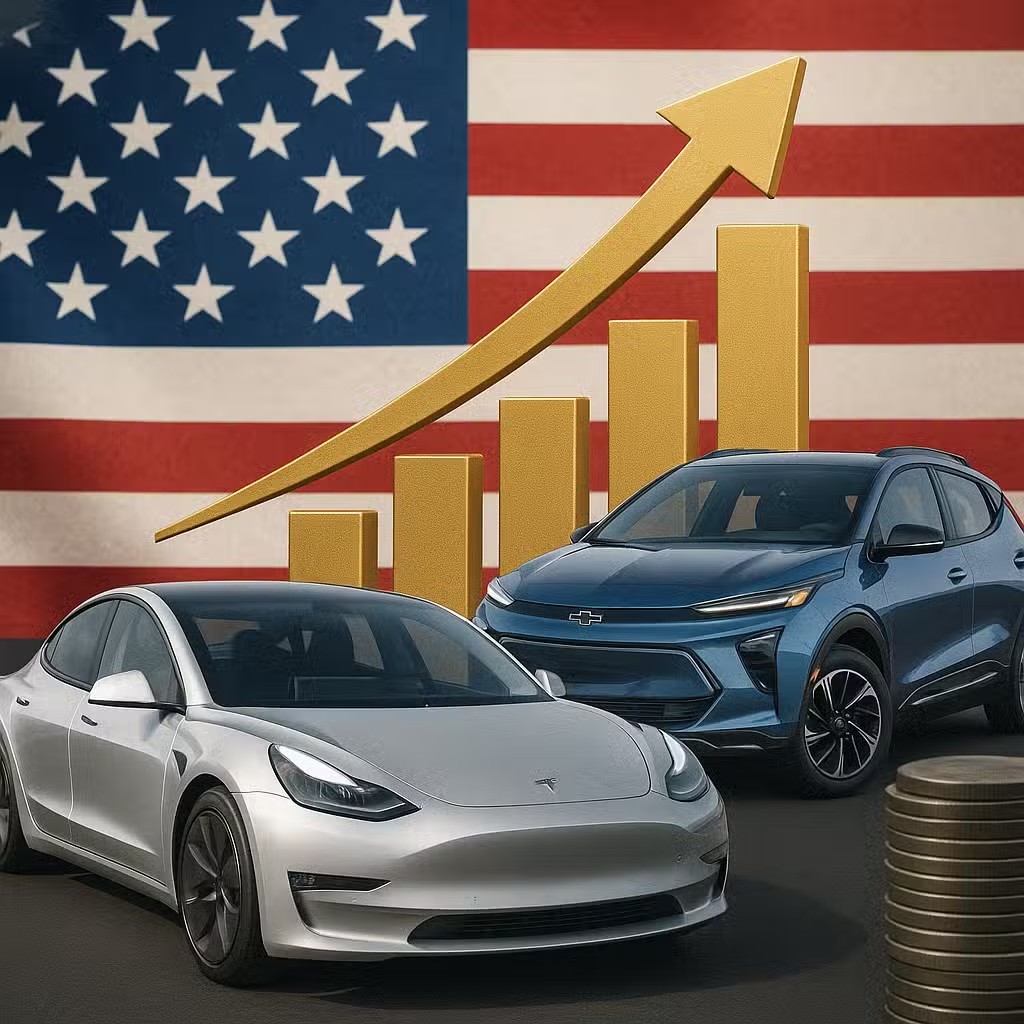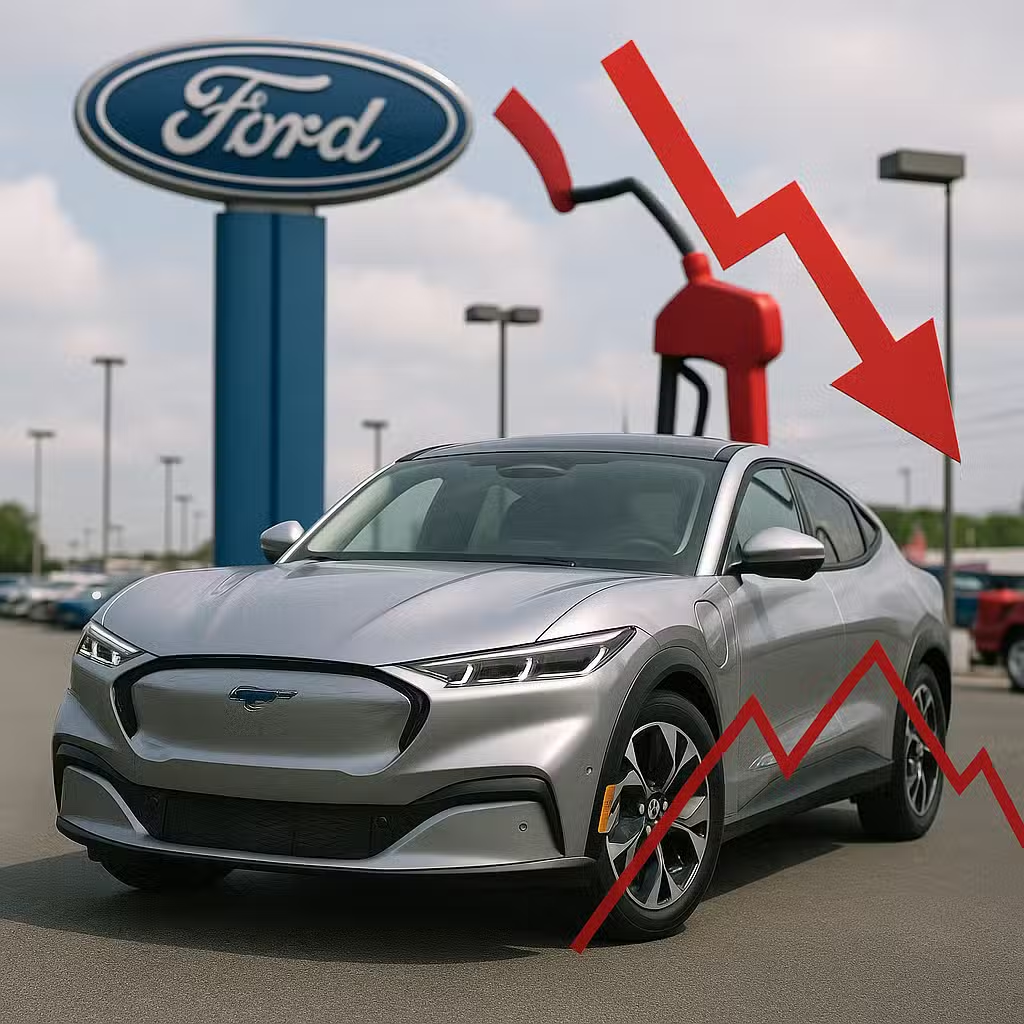Tesla, GM Drive U.S. EV Sales Growth Ahead of Expiring Federal Incentives—Key Investor Insight
Imagine the car market like a big race—right now, electric vehicles (EVs) are speeding up, and everyone’s watching to see which brands will cross the finish line first. This matters because what happens with EVs could change what’s in your driveway and your investment portfolio.
What’s Happening With Electric Cars?
More Americans are buying electric cars than ever before. In the first nine months of the year, over 1 million EVs were sold in the U.S., setting a new record. During the third quarter alone, more than 438,000 EVs were sold, giving EVs a 10.5% share of all car sales. That’s a big jump from just a few years ago.
This surge happened as people rushed to buy EVs before a federal tax credit—up to $7,500 per car—ended in September. This credit made EVs cheaper, so lots of buyers hurried to take advantage.
According to the International Energy Agency, the U.S. still lags behind China and Europe in EV adoption. China sold 6.4 million EVs last year, while Europe sold 2.2 million. The U.S. is catching up fast, but there’s a long road ahead.
Why This Matters for Investors
EV growth affects more than just carmakers. It impacts battery suppliers, charging station companies, and even traditional oil businesses. When EV sales rise, it can boost stocks in these sectors, while companies slow to adapt may fall behind.
The Winners: Who’s Leading the EV Race?
- Tesla is still the biggest name, holding about 43% of the U.S. EV market through September, though that’s down from 49% last year as more competitors join the race.
- General Motors (GM) is gaining ground fast. GM’s share jumped from 8.7% to 13.8% this year. They now offer the most EV models in the U.S.
- Hyundai (including Kia) sits at 8.6% market share, just behind GM.
- Ford holds 6.6%, while Volkswagen, Honda, and BMW have smaller slices.
Startups like Rivian (3% share) and Lucid (under 1%) are still small, but they’re growing each quarter.
Bullish Case: Why Some Think EVs Will Keep Growing
- More models are available, giving buyers more choices.
- Battery technology is improving, making EVs cheaper and better to drive.
- Major automakers are investing billions in EVs, betting on a future where gas cars fade away.
- Some states and countries are planning to ban new gas car sales in the next decade.
According to a BloombergNEF report, global EV sales could hit 14 million in 2023, showing how fast this market is growing.
Bearish Case: Why Some Worry About the EV Boom
- The end of tax credits could make EVs more expensive, slowing sales.
- Charging stations are still not everywhere, making long trips tough for some drivers.
- Some buyers worry about battery life and repair costs.
- Ford’s CEO warned EV market share could drop from 10-12% to just 5% after the credits end.
Analysts think the loss of incentives could cause a “boom and bust”—a big rush, then a slowdown. Investors need to watch how car companies adapt to this rollercoaster.
Investor Takeaway
- Diversify: Don’t just buy car stocks—look at companies making batteries, software, or charging stations.
- Watch incentives: Changes in government policy can shake up the market fast.
- Track leaders and laggards: Tesla and GM are ahead, but new names could break out as the EV market grows.
- Think long-term: Short-term ups and downs are likely, but EVs are a growing part of the auto world.
- Stay informed: Follow global trends, not just what’s happening in the U.S., since EV adoption is happening faster in places like China.
EVs are changing the car world—and the investing world, too. Whether you’re a bull or bear, it pays to keep your eyes on the road ahead.
For the full original report, see CNBC







